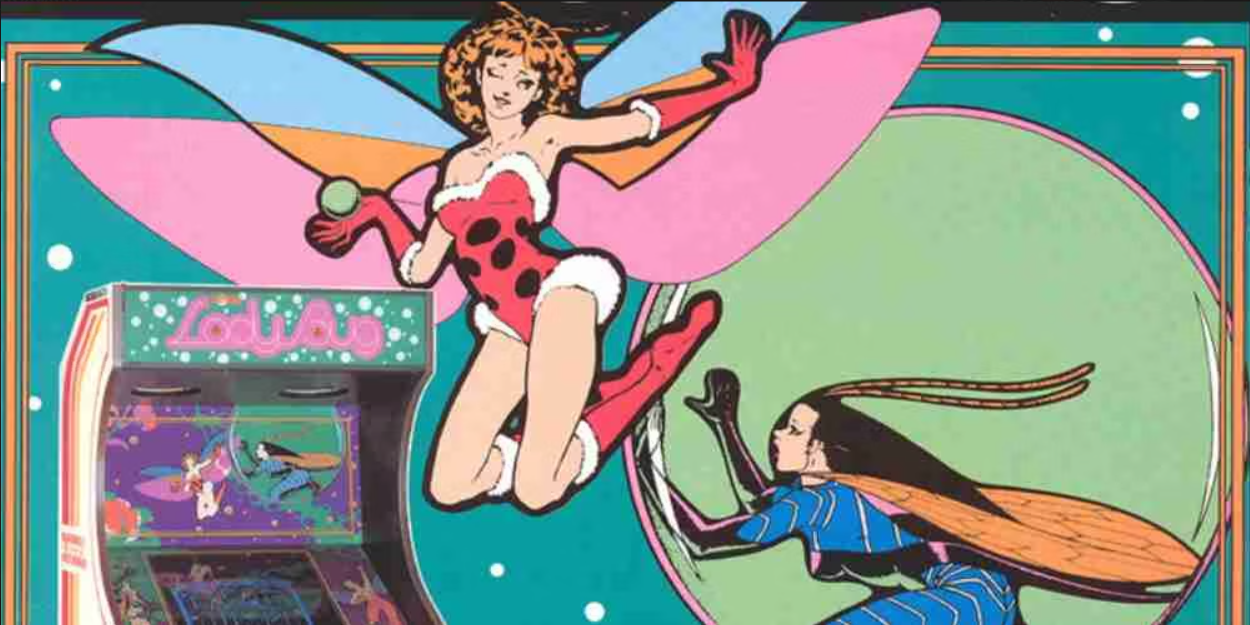Is League of Legends the Worst Video Game of All Time?
/It’s official: League of Legends has been voted “Worst Game of All Time.”
At least, it is according to the small poll we at the Pixel Generation just ran. My opening statement definitely shouldn’t be taken as hyperbole. We ran a very official poll, I’ll have you know! We had dozens of respondents! Dozens!!
You and me both, Palpatine // Courtesy of Giphy.com
Joking aside, even a small poll like this can be indicative of a larger body of thought. While League of Legends (LoL) may not definitively be the worst game of all time, the results do beg the question: why does this game have a bad reputation? And is it deserved?
Even if you aren’t much of a gamer, you’ve probably at least heard of LoL. It’s kind of a big deal. LoL was first launched by developer Riot Games in 2009 and has ballooned in popularity ever since. It had 180 million active monthly users in 2022, 13 years after its release. It typically draws in over $1.5 billion in revenue every year. It’s easily the biggest game in the multiplayer online battle arena genre. It has spawned successful spinoff games, comics, and a critically-acclaimed animated TV series.
Lol has a wide variety of champions // Courtesy of nexus.leagueoflegends.com
You may be wondering, how can something so popular be hated enough to win a “worst game” vote? Well, let’s consider what it might mean to be the worst game and how LoL fits into that picture.
You won’t see anything like this in lol // Courtesy of thegamecrater.com
The first and most obvious indicator of a bad game would be mechanical and technical problems. I’m talking about things that we can judge objectively: unresponsive controls, game-breaking bugs, confusing interface, poor optimization… that kind of stuff. LoL doesn’t fit the bill. It’s a polished game with good production value, and the devs release regular updates.
There are complaints about long queue times for ranked matches, which Riot has struggled to curb. Some players report short waits of a few minutes or less, and others report waiting upwards of 20 minutes. There’s no perfect solution. This issue isn’t unique to LoL, however. Other popular competitive games like Overwatch have also suffered from this problem, and it isn’t a universal experience for all players.
An extreme example of how bad queueing can get // Courtesy of Pants are dragon
What about the more subjective aspects of the game’s design? Obviously that’s harder to quantify, but according to general critical consensus, the game is soundly made. The characters are varied and interesting, the art is nice, and the game feel is good. Most critics agree it’s accessible and addicting, with interesting and strategic team-based gameplay. It holds an average critic review score of 78/100 on Metracritic, which is pretty decent.
The user score on Metacritic tells a different story, however. It stands at an alarming average of 49/100, which the site deems “generally unfavourable.” User scores should always be taken with a big ol’ grain of salt (review bombing being a thing and all that), but just like the results of our survey, they do provide some insight into how the gaming community feels about LoL.
Browsing the user reviews sheds some light on the matter. There are a lot of players who cite a frustrating competitive experience, but that could be said of any competitive multiplayer game, especially those with ranking systems. The real problem seems to be toxicity in the game’s community. Even some of the positive reviews concede that other players are insulting and abusive in-game, and some even admit to engaging in the behaviour themselves.
Lots of games have toxic communities, but LoL is particularly infamous. In the Anti-Defamation League’s annual report on harassment in online games from 2022, 80% of respondents reported experiencing harassment while playing LoL. This number has steadily increased year over year. The problem isn’t unique to LoL, but it is certainly among the top offenders.
harassment is a huge problem in gaming // courtesy of the Anti-defamation league
So what is it specifically about LoL that bothers people so much? I myself tried it only once and was turned off from ever trying it again, largely because the environment felt very unwelcoming for a beginner. There was no tolerance among my teammates for error, and they weren’t shy about letting me know.
Even some that play the game regularly like to joke about how much they hate it, and everyone seems to have their own reason. Some talk about harassment, bad behaviour, long queues, slow progression, or overpowered new champions throwing off the game’s balance. Perhaps all these things come together to create a stew of problems that some find unpalatable.
So is it fair to say LoL is the worst game of all time? Not really. Objectively speaking, there areworse games out there. But I’d say it deserves at least some of the flack it gets. Among popular games, it has certainly earned its controversial reputation.
Chris Hodgins is an aspiring writer and avid gamer, which is probably obvious enough from his involvement in this blog. He’s also a cat whisperer with wild dreams of opening a cat sanctuary someday, if he ever manages to strike it rich. Until then, he spends his time gaming, writing, and sharing his life with his lovely wife and three furry kids.
















